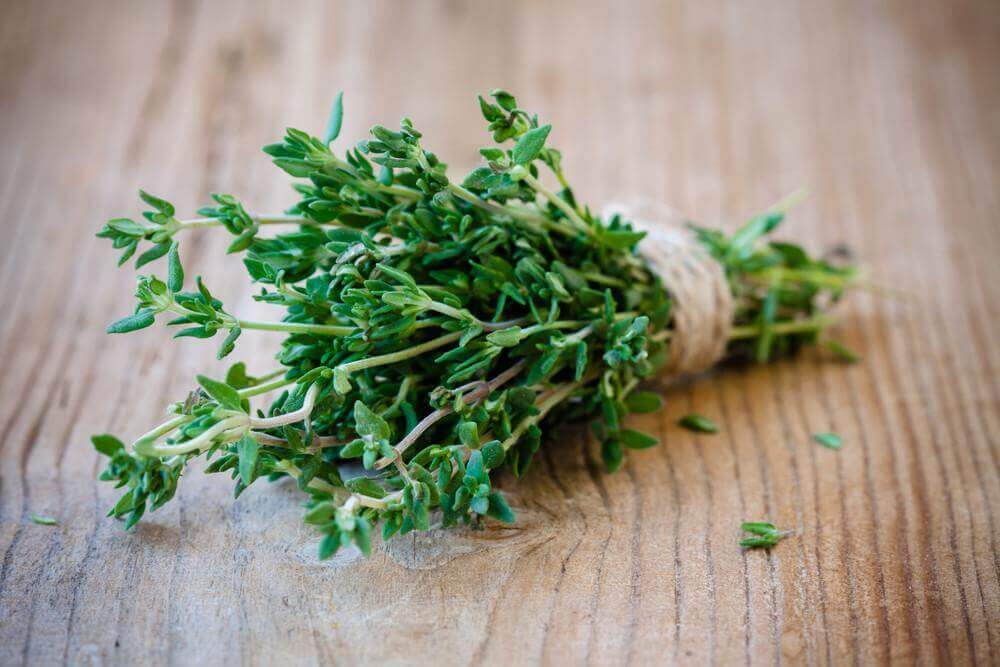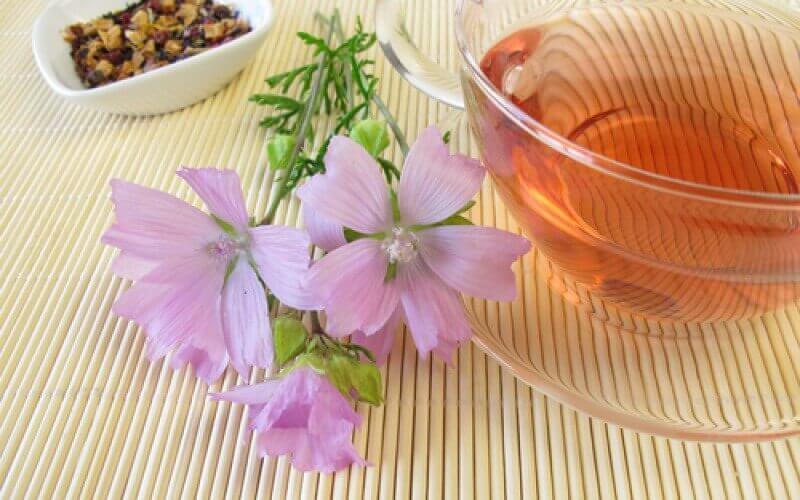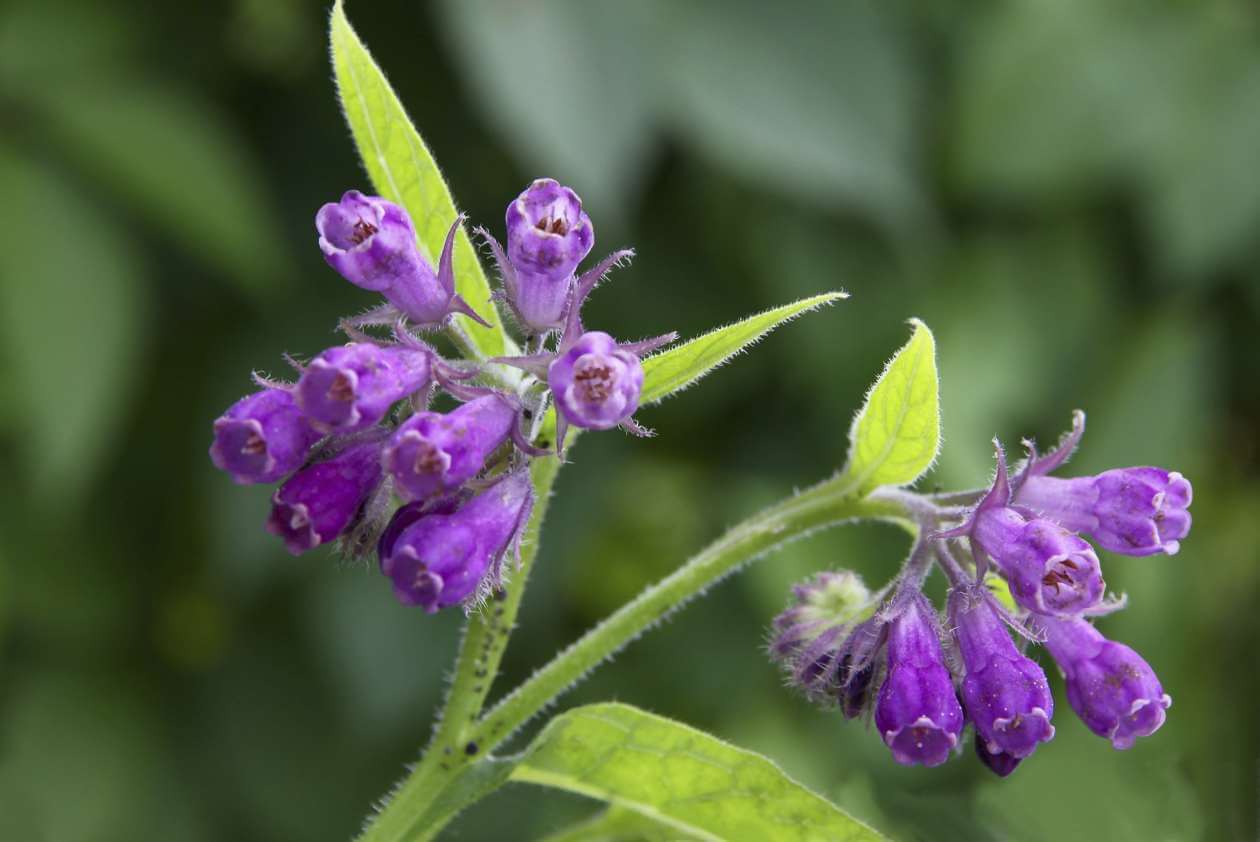Do You Have Vaginal Fungus? 8 Home Remedies to Treat It

The presence of a vaginal fungus is a very annoying problem for women. Although it’s not a serious infection, its symptoms cause sexual and social insecurity.
They frequently appear due to the excessive growth of Candida albicans, a type of yeast that, although it lives in normal conditions in the area, can cause infections when faced with certain stimuli. Although the vaginal flora does everything possible to combat it, a lack of control in its pH creates the ideal environment for it to proliferate without difficulties.
Consequently, alterations in secretions occur, and you may notice a thicker and more abundant flow. In turn, it causes unpleasant odors and annoying irritation. There are many pharmacological remedies whose application relieves the infection. However, we can also resort to some home remedies. Ready to try them? Discover the 8 best.
Home remedies to treat vaginal fungus
Before mentioning the best home remedies for vaginal fungus, it’s important to clarify that they don’t replace pharmacological treatment under any circumstances. In addition, you must bear in mind that the results may vary from person to person, so it’s always essential that you consult your trusted doctor.
1. Thyme

Thyme is a medicinal plant that has antibacterial and antifungal compounds, according to this study carried out by the University of Coimbra (Portugal). Therefore, its extracts help create a balance of healthy bacteria in the intimate area, reducing infections.
Ingredients
- 3 cups of water (750 ml)
- 3 teaspoons of thyme (45 g)
Preparation
- First, put the water on the heat. When it’s boiling, add the thyme.
- Then, cover the pan and leave it on the heat for 2 minutes.
- After, remove from the heat.
- Let it sit until it’s warm.
- Strain it and pour it into a tub or sitz bath.
Read this article: The Antiparasitic Properties of Thyme
2. Oxygenated water
We know that hydrogen peroxide has compounds that help disinfect wounds. However, what we overlook is that it can also be an effective solution against the proliferation of fungi in the intimate area, as confirmed by research carried out by the Puerta del Mar University Hospital (Cádiz).
- However, before carrying it out, we recommend consulting with your doctor or gynecologist. It’s very important that we do not take this action without your approval.
3. Mallow

The mallow has interesting benefits on intimate health. The extracts released by its leaves help reduce the irritation suffered by the delicate skin of the vagina due to infections thanks to its antifungal properties. This is stated in this study carried out by the University of Mohaghegh Ardabili (Iran).
It has a slight analgesic and calming effect that reduces burning. In addition, it neutralizes bad odors and reduces excess flow.
Ingredients
- 5 tablespoons of mallow leaves (75 g)
- 3 cups of water (750 ml)
Preparation
- Add the mallow leaves to the water and bring to the boil.
- Once boiling, turn off the heat and leave it to rest.
- Once the mixture is warm, you can try to use it several times a week.
4. Cranberries
The consumption of organic cranberry juice is a good complement to accelerate the relief of vaginal fungus, as suggested by its antimicrobial properties present in this study by the National University of Natural Medicine in Oregon. Although it’s not an external solution, it can help promote the balance of vaginal flora.
Ingredients
- ½ cup of cranberries (75 g)
- Water (as required)
Preparation
- First, wash the cranberries and put them in a blender.
- Add a little water to help process them.
Drink some cranberry juice 2 or 3 times a day for as long as necessary to cure the infection.
Visit this article: Yeast Infections After Sex: Vaginal Candidiasis
5. Comfrey

Comfrey drink is a refreshing solution with antifungal properties, according to this study conducted by the Universidade Estadual de Ponta Grossa (Brazil). On the other hand, it calms skin irritation and controls itching.
Some of its components are beneficial in stopping the growth of vaginal yeast. Therefore, the key is to take it several times a day.
Ingredients
- 3 tablespoons of comfrey (45 g)
- 2 cups of water (500 ml)
Preparation
- Put the comfrey and the water in a pan.
- Bring the water to the boil and then remove from the heat. Leave it to rest at room temperature.
- Once warm, filter it with a colander and pour it into a spray bottle.
6. Tea tree essential oil
Tea tree essential oil is a natural product that has beneficial properties for the body, among which anti-inflammatory and antimicrobial properties stand out. In fact, a recent study in the journal Phytotherapy Research showed that tea tree oil suppositories have activity against Candida albicans without affecting the vaginal microbiota.
However, it is an in vitro study, so more research is needed in this regard. Popular wisdom recommends applying the oil to a tampon and inserting it overnight. However, it’s a good idea to consult with a doctor before applying this treatment, since many women are allergic to the substance.
7. Wild oregano oil
Currently, two different types of oregano are known: the common and the wild oregano. The first of these may not have any effect on vaginal yeast infections; however, wild oregano (Origanum vulgare) is an effective remedy.
The essential oil of this plant has two active ingredients with powerful antifungal activity: carvacrol and thymol. In fact, research published in the Journal of Applied Microbiology showed that this product has the ability to inhibit the growth of Candida albicans.
As with tea tree oil, the product can be applied to a tampon and inserted overnight. Although the remedy will not represent the definitive cure, it will prevent the fungus from proliferating and the infection from getting worse.
8. Chamomile
Chamomile extract may be as effective as clotrimazole in treating vulvovaginal candidiasis. This is explained in this article published in the Journal of Pharmacopuncture, where recovery was seen in up to 89% of women who used a cream with chamomile extract.
Another recommended option is the use of sitz baths with chamomile or rinsing the area once a day. However, the effectiveness of these methods has not yet been proven, so the most recommended option is still the vaginal cream with plant extract.
That said, don’t forget that you must complement these home remedies to treat vaginal fungus with good intimate hygiene habits. Also, avoid the use of irritating products and wear cotton underwear.
If the discomfort persists for several days, consult a gynecologist. Sometimes, it’s necessary to access other types of treatments to be able to relieve it completely.
¿Tienes hongos vaginales? 5 remedios caseros para tratarlos
All cited sources were thoroughly reviewed by our team to ensure their quality, reliability, currency, and validity. The bibliography of this article was considered reliable and of academic or scientific accuracy.
- Di Vito, M., Fracchiolla, G., Mattarelli, P., Modesto, M., Tamburro, A., Padula, F., Agatensi, L., Giorlandino, F. R., Girolamo, A., Carbonara, G. G., Carrieri, A., Corbo, F., & Mondello, F. (2016). Probiotic and Tea Tree Oil Treatments Improve Therapy of Vaginal Candidiasis: A Preliminary Clinical Study. Medical Journal of Obstetrics and Gynecology, 4(4), 1090. https://www.jscimedcentral.com/jounal-article-info/Medical-Journal-of-Obstetrics-and-Gynecology/Probiotic-and-Tea-Tree-Oil–Treatments-Improve-Therapy–of-Vaginal-Candidiasis:-A–Preliminary-Clinical-Study-6348
- Goje, O. (Marzo de 2023). Vaginitis candidiásica. Manual MSD. Versión para profesionales. https://www.msdmanuals.com/es-ar/professional/ginecolog%C3%ADa-y-obstetricia/vaginitis-cervicitis-y-enfermedad-pelviana-inflamatoria/vaginitis-candidi%C3%A1sica
- Jeanmonod, R., Chippa, V., & Jeanmonod, D. (17 de julio de 2023). Vaginal Candidiasis. StatPearls. https://www.ncbi.nlm.nih.gov/books/NBK459317/
- Karaman, M., Bogavac, M., Radovanović, B., Sudji, J., Tešanović, K., & Janjušević, L. (2017). Origanum vulgare essential oil affects pathogens causing vaginal infections. Journal of Applied Microbiology, 122(5), 1177-1185. https://pubmed.ncbi.nlm.nih.gov/28176439/
- Liu, C., Zhang, Y., Kong, S., Tsui, I., Yu, Y., & Han, F. (2014). Applications and Therapeutic Actions of Complementary and Alternative Medicine for Women with Genital Infection, Evidence-Based Complementary and Alternative Medicine, 2014, 658624. https://www.hindawi.com/journals/ecam/2014/658624/
- Martins, N., Ferreira, I. C., Barros, L., Silva, S., & Henriques, M. (2014). Candidiasis: predisposing factors, prevention, diagnosis and alternative treatment. Mycopathologia, 177(5-6), 223-240. https://core.ac.uk/download/pdf/55631868.pdf
- Ozen, B., & Baser, M. (2017). Vaginal Candidiasis Infection Treated Using Apple Cider Vinegar: A Case Report. Alternative Therapies in Health and Medicine, 23(7), AT5751. https://pubmed.ncbi.nlm.nih.gov/29112940/
- Razavi, S. M., Zarrini, G., Molavi, G., & Ghasemi, G.(2011). Bioactivity of malva sylvestris L., a medicinal plant from Iran. Iranian Journal of Basic Medical Sciences, 14(6), 574-579. https://www.ncbi.nlm.nih.gov/pmc/articles/PMC3586856/
- Shiravani, Z., Poordast, T., Alamdarloo, S. M., Najib, F. S., Hosseinzadeh, F., & Shahraki, H. R. (2021). Chamomile Extract versus Clotrimazole Vaginal Cream in Treatment of Vulvovaginal Candidiasis: A Randomized Double-Blind Control Trial. Journal of Pharmacopuncture, 24(4), 191-195. https://pubmed.ncbi.nlm.nih.gov/35028170/
- Tránsito, L. L. M. (2006). Tomillo. Offarm, 25(1), 74-77. https://www.elsevier.es/es-revista-offarm-4-articulo-tomillo-13083626
- Zelfitri Zen, P., Desmiwarti, D., & Syuku, S. (2021). Effect of Virgin Coconut Oil in The Treatment of Leucorrhea Caused by Candida Albicans Infection on Pregnant Women at Hospitals in Padang. Andalas Obstetrics and Gynecology Journal, 5(2). http://jurnalobgin.fk.unand.ac.id/index.php/JOE/article/view/235
This text is provided for informational purposes only and does not replace consultation with a professional. If in doubt, consult your specialist.








